Reverse the Red species spotlight: Critically Endangered turquoise dwarf gecko
Posted on: 19 July, 2024
This year, we officially announced our pledge to conserve and protect several species on the brink of extinction. Reverse the Red is a global initiative that unites leading scientists, advocates, and partners to create plans to save wild species and ecosystems, as well as reverse the negative trend of biodiversity loss.

As a conservation and education charity, we work in the UK and around the world to save wildlife that is facing major threats in the wild. Focusing on 97 species, including threatened birds, fish, reptiles and amphibians, as well as larger mammals such as gorillas, giraffes and lemurs, we are championing six flagship species as part of this pledge.
Over the next few months, we will be shining a spotlight on these lesser-known animals in particular need of help, the first being the Critically Endangered turquoise dwarf gecko.
A tiny species of lizard found in the Kimboza Forest Reserve in Tanzania, East Africa, the Critically Endangered turquoise dwarf gecko, lygodactylus williamsi, lives in a very small and restricted area less than 8km2. It is thought that there are only 150,000 left in the wild, with numbers decreasing quickly.
Read about our conservation work in Tanzania.

A species characterised by a distinct sexual dichromatism, the occurrence of two different kinds of colouring, males have a bright and vibrant turquoise blue body, while females are green-bronze. The dynamic colouration has driven an increasing demand from the pet trade with at least 15% of the population having been collected between 2005 and 2009. However, there is now legislation in place that prohibits any collection and exportation of this species from the wild in Tanzania.
The Eastern Arc Mountains in Tanzania, renowned as a global biodiversity hotspot, face severe ecological threats, with over 70% of their forests lost to illegal timber harvest, agriculture, habitat degradation, hunting and mining. Within the Uluguru Mountains, 135 endemic plants and over 16 vertebrate species teeter on the edge of extinction, with wildfires posing a significant risk, fuelled by agricultural encroachment and bushmeat hunting.

The turquoise dwarf gecko is primarily reliant on the native tree species, screwpine pandanus rabaiensis, for its survival. However, the screwpine’s abundance is declining due to habitat loss, a key driver of which is the spread of the invasive tree species, Spanish cedar, cedrela odorata. Because of its rapid growth, Spanish cedar is outcompeting native tree species in the forest and spreading rapidly.
Local communities depend on the land for agriculture, hunting, and traditional medicine, however, current land management practices are unsustainable, for example, using fire to prepare agricultural land (Kilawe et al. 2021). These fires often spread from adjacent agricultural areas into the forest, a major threat in an increasingly arid region. Fires are also started by hunters within the forest to facilitate hunting. Wildfires have been shown to be key drivers behind the spread of the invasive Spanish cedar, with the number of saplings being 24 times more abundant when there was evidence of wildfire (Kilawe et al. 2023).
Bristol Zoological Society has partnered with local conservationists in Tanzania, assisting with reforestation efforts to increase abundance of the tree species, including screwpine, on which the geckos live. We have supported the raising and planting out of over 5,000 seedlings of this native tree species into degraded areas of the reserve.

For the future of the project, we hope to work with partners to address the root causes of the threats and support the recovery of local species. We will monitor the population levels of the Critically Endangered turquoise dwarf gecko in response to forest restoration. By monitoring the forest for fires, we hope that we can minimise their damage where possible. Finally, we plan to run awareness programmes in surrounding villages, as well as support the diversification of income streams to reduce reliance on unsustainable resource extraction practices from within the forest.
Since 2015, we have also been a part of a conservation breeding programme for Critically Endangered turquoise dwarf gecko, overseen by EAZA (European Association of Zoos and Aquaria) at Bristol Zoo Project, in order to contribute towards a stable population across European zoos.

Want to help us save wildlife?
Become a member of Bristol Zoo Project today for a year of wild adventure, and help protect the animals and habitats you love by supporting our conservation charity.

